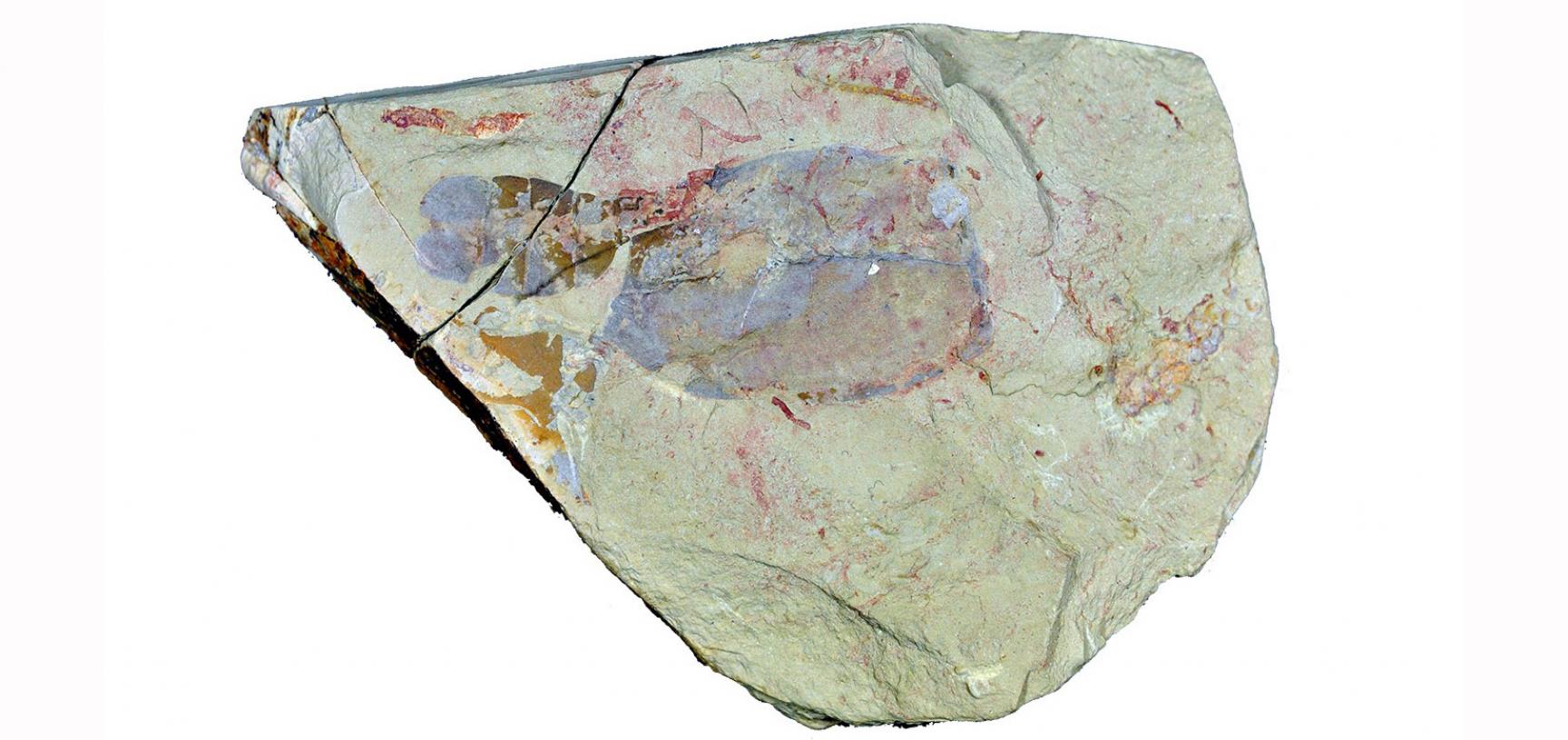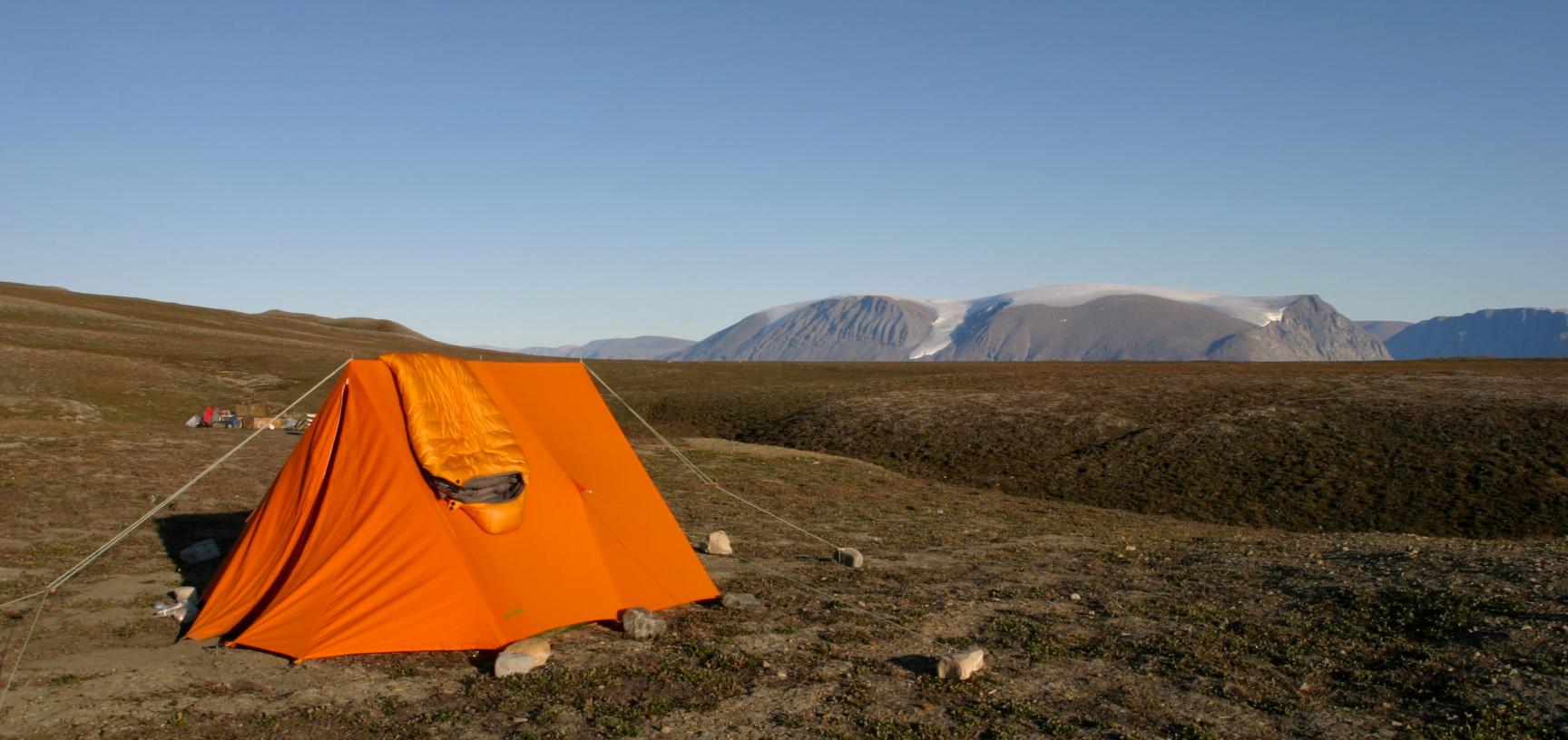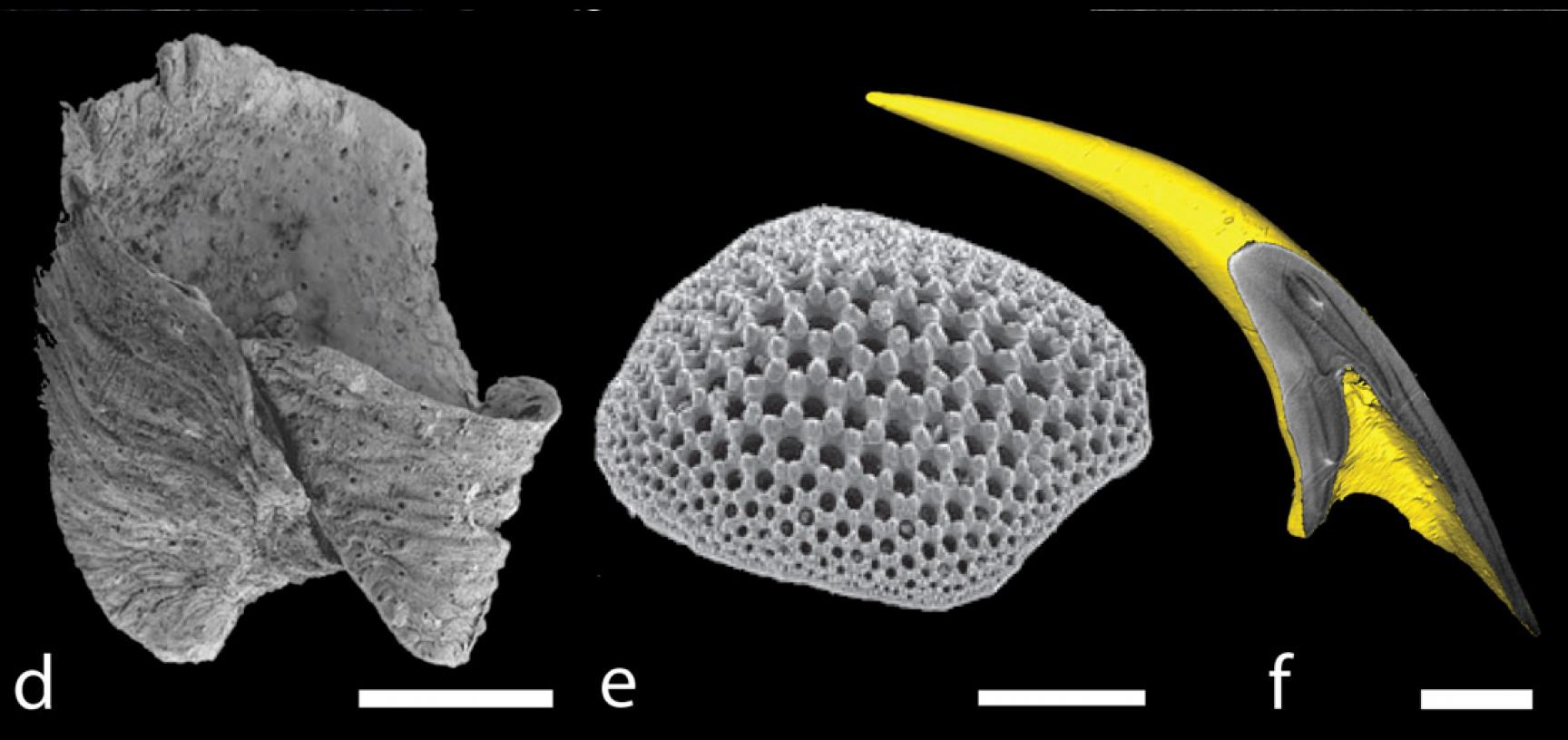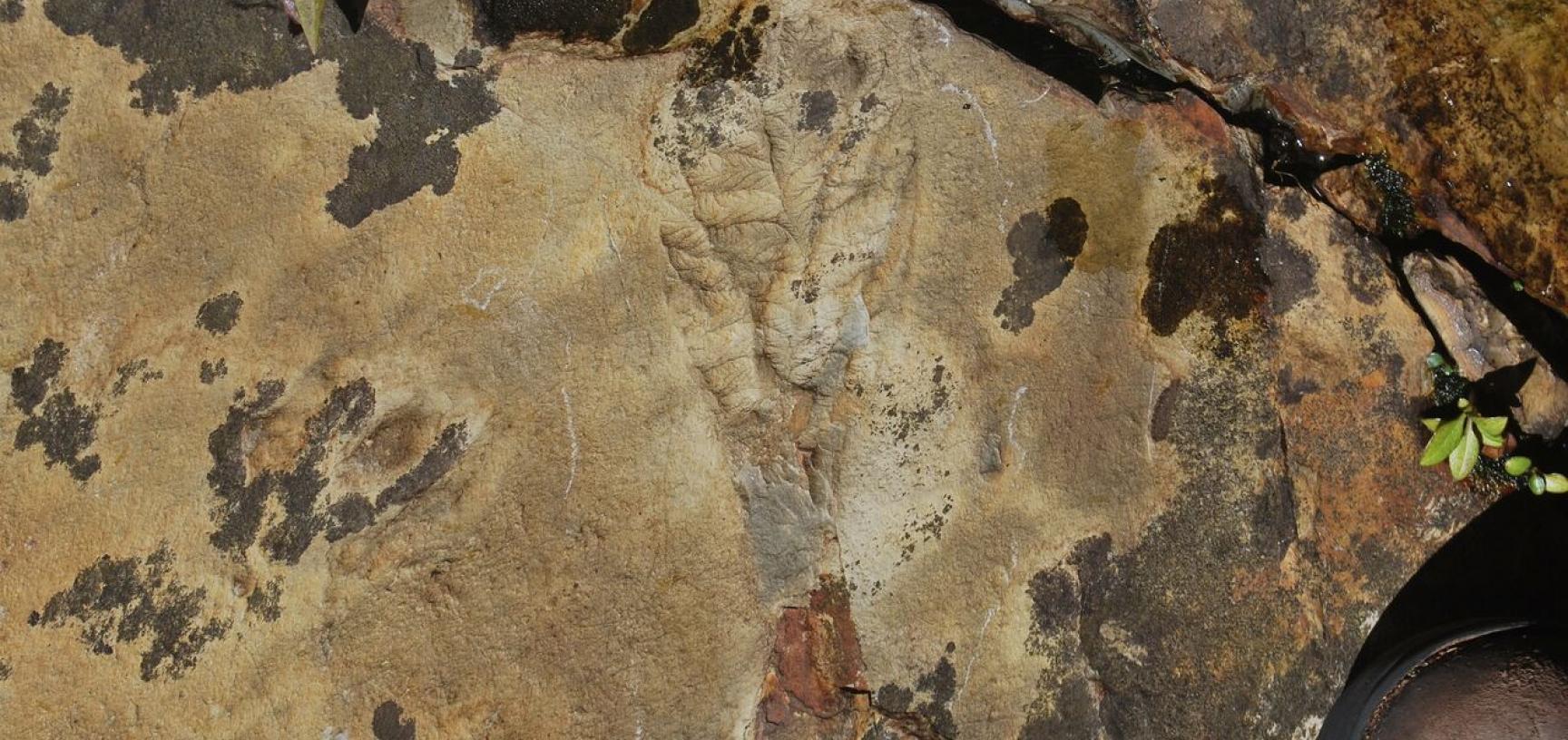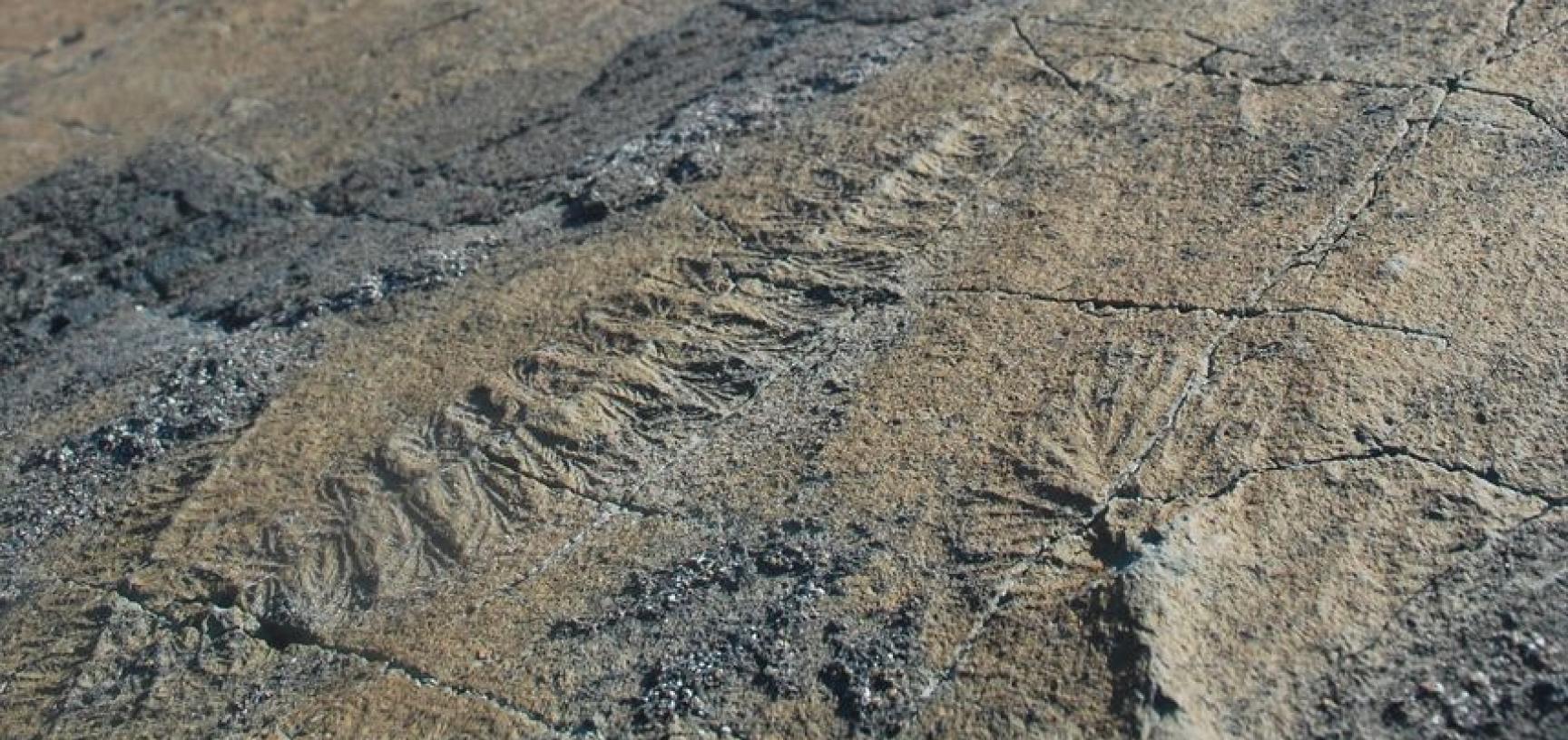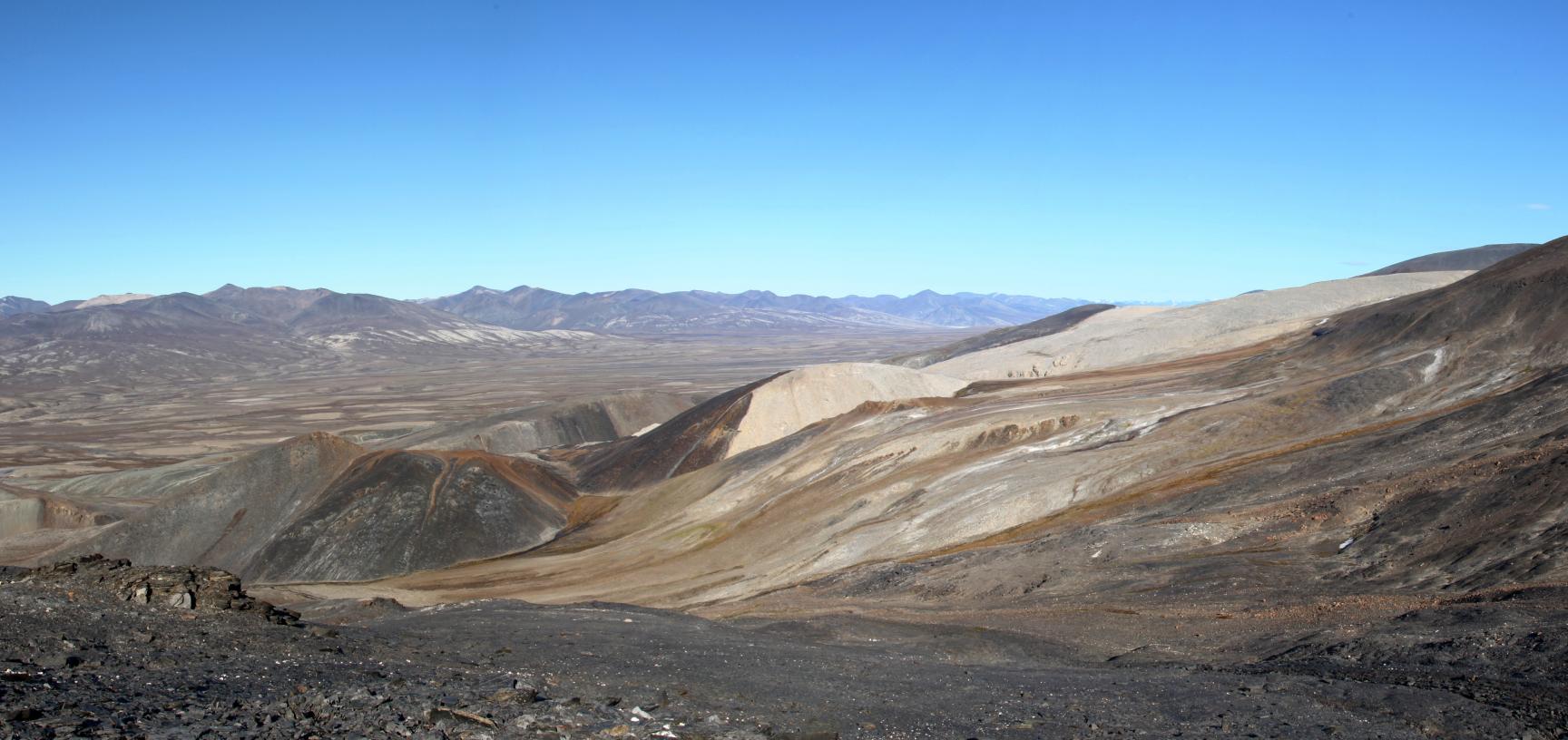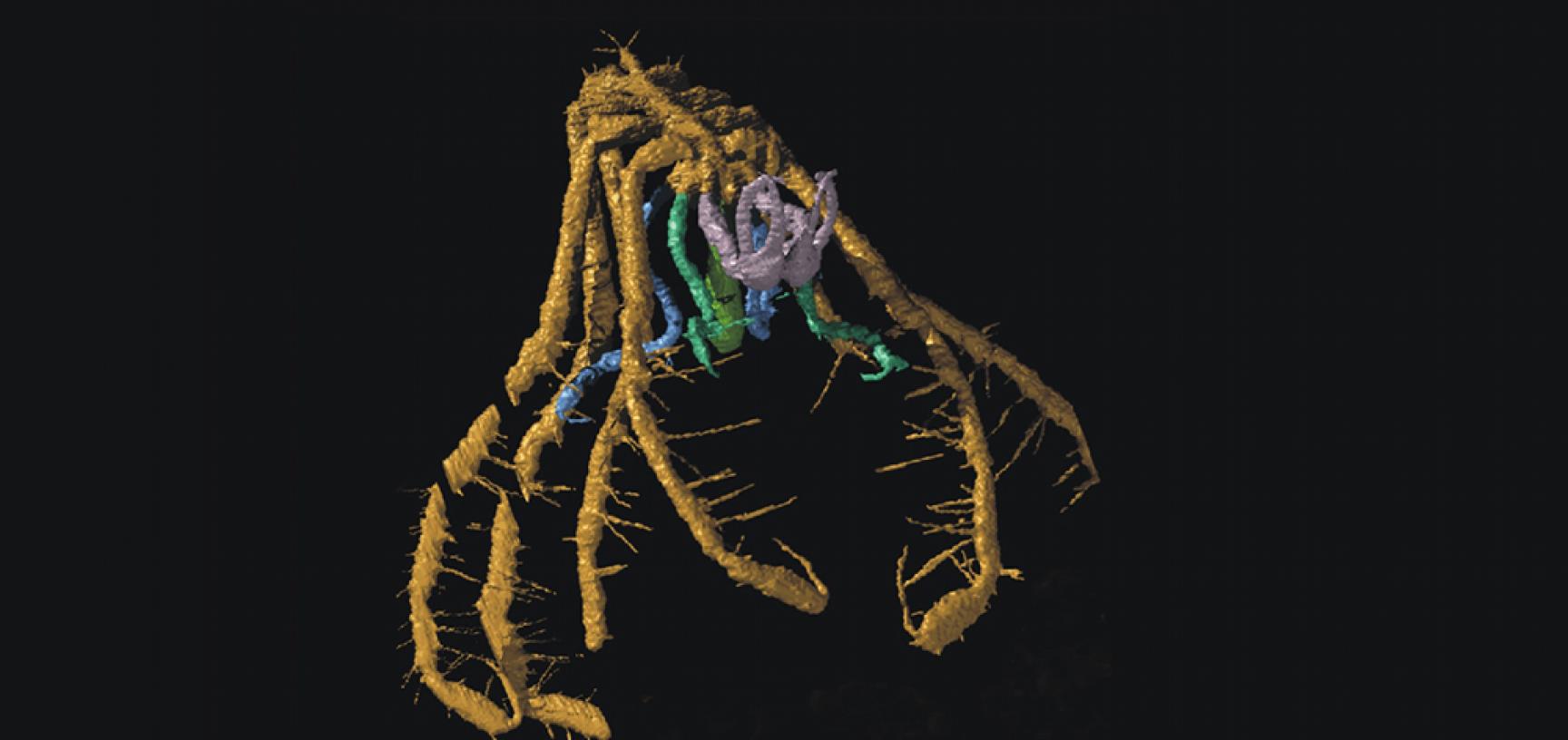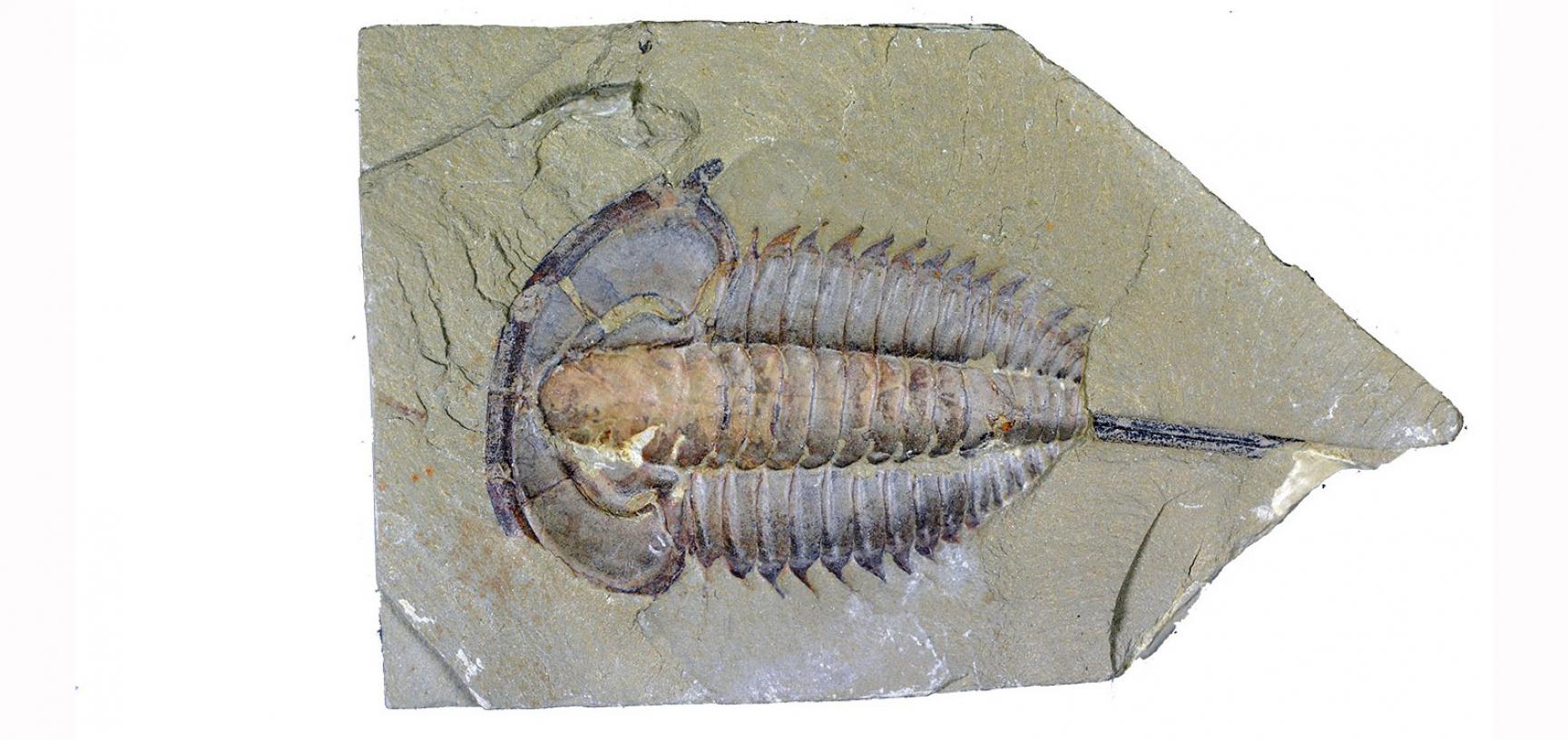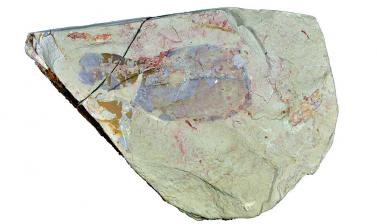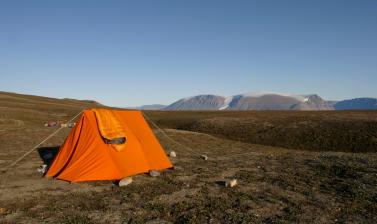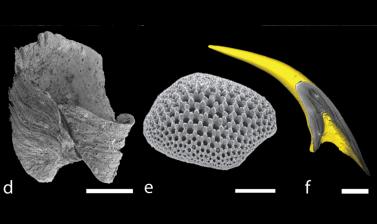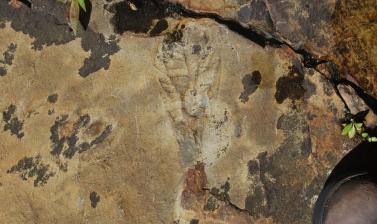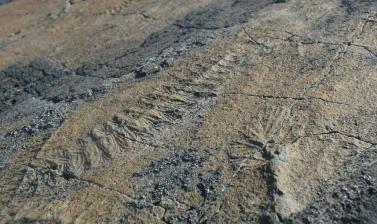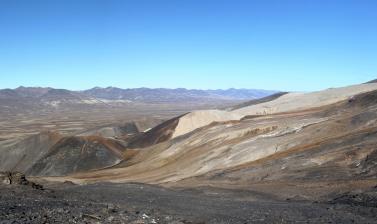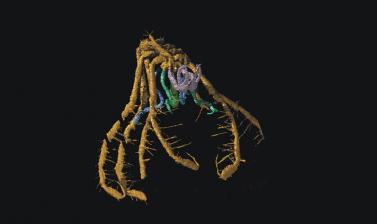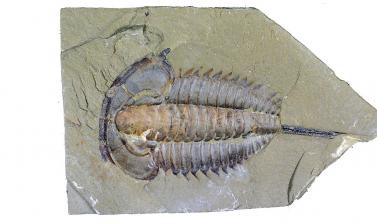Animal origins
The Ediacaran–Cambrian transition was a period of immense change in the Earth’s biosphere. Most notable was the appearance and evolutionary diversification of animals, alongside several major global chemical and physical events. Our research aims to unravel the pattern and process underlying the origin and early evolution of major animal groups, the evolution of body plans, and the assembly of complex metazoan-dominated ecosystems.
Museum researchers have particular expertise in the palaeobiology, sedimentology, stratigraphy and geochemistry of sites of exceptional preservation, including: the Mistaken Point World Heritage Site in Newfoundland, known for fossils recording the oldest large architecturally complex organisms; the Sirius Passet Lagerstätte of North Greenland, which provides a unique perspective on the evolution of several animal group; and a long-standing research programme examining the fossils of the Chengjiang Lagerstätte of China – work that has been instrumental to this locality’s international recognition and World Heritage status.
Researchers in the group use innovative techniques to examine specimens, localities and historic geological environments from around the world, often as part of international collaborations. Our researchers model biosphere-geosphere interactions across the Ediacaran–Cambrian transition to reveal new insights into the drivers of the early evolution of animal body plans, drawing upon both palaeobiological and geochemical records. X-ray tomography and serial grinding are used by the team to characterise the internal structure of the earliest animal skeletons and to reconstruct the anatomy of enigmatic organism,s such as some of the oldest fossil echinoderms. These data, along with more traditional palaeontological techniques, are allowing us to test hypotheses concerning the functional morphology, phylogenetic relationships and early evolutionary history of animals across the tree of life.
Research staff
- Dr Frankie Dunn
- Dr Jack Matthews
- Dr Duncan Murdock
- Dr Imran Rahman
- Professor Derek Siveter
- Professor Paul Smith
- Dr Lauren Sumner-Rooney
Funding sources
- EPA Cephalosporin Fund
- Merton College
- Royal Commission for the Exhibition of 1851
- University of Oxford John Fell Fund
Public engagement with research
,




